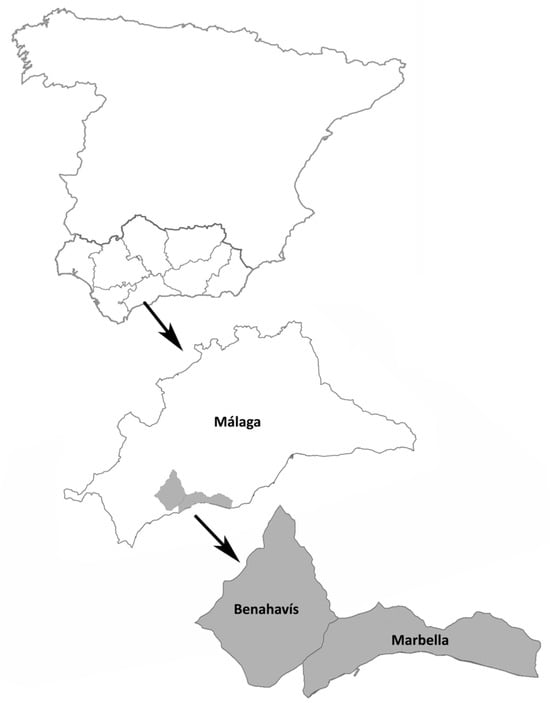- Review
The Pampas Fox (Lycalopex gymnocercus, ‘Zorro Gris Pampeano’): An Integrative Review of the Ecological, Health, and Conflict Roles of a Key Mesopredator in Southern South America
- Bernabé Vidal,
- Lorenzo Verger and
- Gustavo J. Nagy
The Pampas fox (Lycalopex gymnocercus) is a widespread meso-predator in Southern South America, present in grasslands, agroecosystems, and human-modified landscapes. Although numerous studies have examined its diet, parasites, distribution, and behaviour, knowledge remains fragmented without an integrative synthesis. This review compiles over 150 documents from Argentina, Uruguay, Brazil, Paraguay, and Bolivia to unify dispersed information. Key findings highlight unresolved taxonomy, population structure, and biogeography (based on genetic, morphological, and phylogeographic data), the species’ ecological roles as a meso-predator, seed disperser, and scavenger, and major threats (including road mortality, hunting, persecution, and interactions with domestic dogs). The Pampas fox also harbours pathogens—including zoonotic agents and those threatening livestock and pets—and is frequently stigmatised as a pest, persecuted without substantiated evidence. By integrating ecological, health, and conflict perspectives, this review provides a regional baseline, reframing its importance and guiding more effective management.
9 December 2025


![Geographical distribution of Lycalopex gymnocercus (1975–2025) in South America, showing its confirmed range, areas of overlap with L. griseus, and introduced populations in Tierra del Fuego and the Falkland/Malvinas Islands. Data derived from GBIF occurrence records (DOI: https://doi.org/10.15468/dl.kyexx4 accessed on 2 December 2025) [4], processed in QGIS (Concave Hull with manual ecological refinement).](https://mdpi-res.com/wild/wild-02-00049/article_deploy/html/images/wild-02-00049-g001-550.jpg)
![Scheme of the neuroendocrine pathway of photoperiod transduction in birds. The perception of light by the paraventricular organ (PVO), which contains neurons sensitive to Opsin 5 (and other opsins) and in direct contact with the cerebrospinal fluid (CSF), represents the starting point of the seasonal control of reproduction. Upon receiving light information, these neurons activate the thyrotrophs of the pars tuberalis (PT), leading to the release of TSH, which acts on the tanycytes located around the third ventricle (V3), inducing the production of the enzyme DIO2, which converts T4 into T3. The increase in local T3 in the hypothalamus regulates structural changes in the endings of GnRH neurons, facilitating the release of this hormone. In turn, GnRH-I stimulates gonadotropic cells of the pituitary to secrete LH and FSH, promoting the development and activation of the gonads. Scheme adapted from Nakane et al. [12].](https://mdpi-res.com/wild/wild-02-00048/article_deploy/html/images/wild-02-00048-g001-550.jpg)
![Incidents and victims of bear-related injuries (prepared by the author based on [66]).](https://mdpi-res.com/wild/wild-02-00047/article_deploy/html/images/wild-02-00047-g001-550.jpg)
